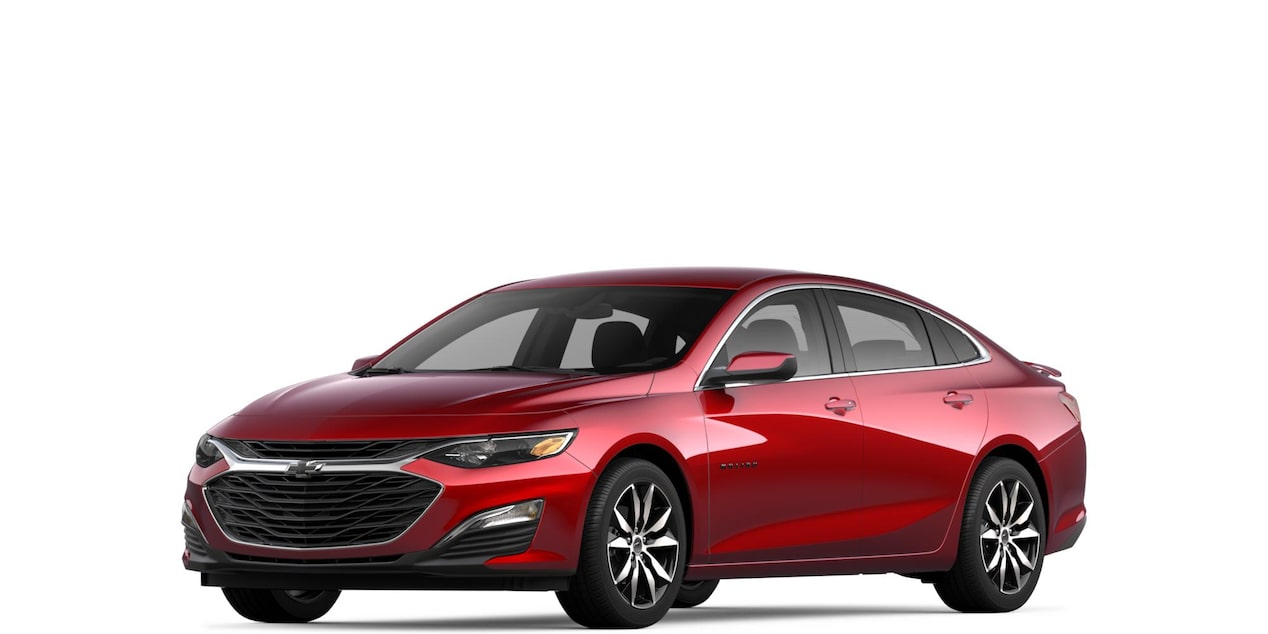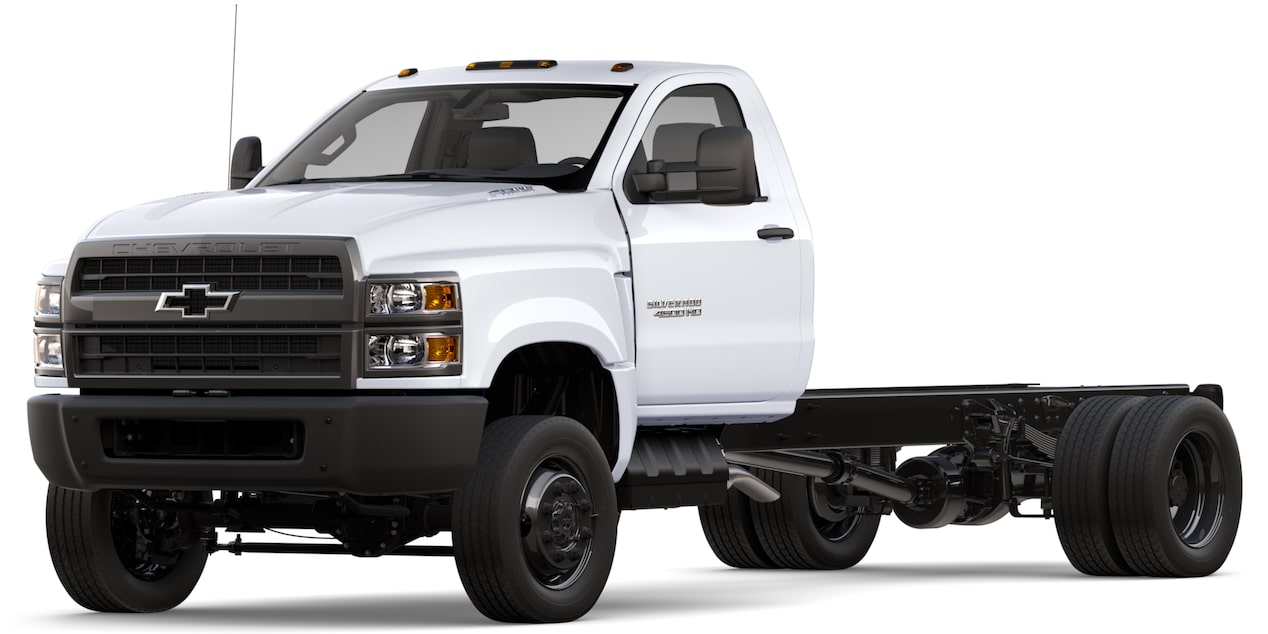
When the Goodguys Rod and Custom Association first began holding autocross events as part of its slate of programs, Mark Allen thought of his 1967 Camaro and said, "I want to build it to do that."
He and his wife, Jenny, have owned the RS/SS model for nearly three decades, and for many of the last fifteen years, it has been a fixture on the autocross course.
Today, the car features an LT4 crate engine* from Chevrolet Performance. The power plant was specifically chosen for autocross competition.

Mark Allen's beautiful 1967 Camaro RS/SS is powered by an LT4 crate engine.*
"In autocross racing, you're going to be hitting the rev limiter a lot and the motor has to be able to take the abuse of hard throttle on and lift."
"In autocross racing, you're going to be hitting the rev limiter a lot and the motor has to be able to take the abuse of hard throttle on and lift, it's not an easy chore for any motor," Allen said during last fall's Goodguys Speedway Motors Southwest Nationals in Scottsdale, Arizona. "Our research on the LT4 showed it was rock-solid and could take that kind of abuse without needing extra power. But it had plenty of room to make more."
Allen is a lifelong resident of Arizona and currently lives in Gilbert, where he is retired from the construction industry. He's also a lifelong automotive enthusiast. His first car was a '67 El Camino with a 396 cu.-in. engine and his best friend had a '68 Camaro.
Allen's wife is a performance fan, too, and when the couple got married they attended a car show on their honeymoon. At the show, 1967 Camaro RS and SS models sat side by side and the newlyweds made a promise they would own one someday.
"The opportunity came later to get one and we were able to get an RS/SS," Allen said. "I wanted the RS because I liked the looks, she wanted the SS because she thought the performance would be better."

The 1967 Camaro is built for the autocross course.
"We dropped that LT4 in it and have had just nothing but enjoyment from it ever since."
The Camaro was Marina Blue with a 350 under the hood when the Allens purchased it. The car also utilized both the original Muncie M21 four-speed transmission and 12-bolt GM rear end. The couple took the car back to its original color, Tahoe Turquoise, but otherwise, the Camaro remained in the form they bought it for close to 10 years.
When it was time for an upgrade the Allens began saving money, planning to purchase the ZZ430 crate engine from what was then known as GM Performance Parts. But Mark soon had a series of health issues and the money he and his wife had worked hard to save went to medical bills.
However, Mark Allen's cousins came to him and said they wanted to overhaul his Camaro, including providing a 540 cu-in. Big-Block engine. The process took around three years. Once it was completed in '07 Allen began autocrossing. When it was time for another upgrade the LT4 crate engine from Chevrolet Performance had just been released.
"We thought that would be the next thing to do," Allen said. "So we dropped that LT4 in it and have had just nothing but enjoyment from it ever since."

A supercharged LT4 powers this 1967 Camaro RS/SS.
Allen notes that the engine has more throttle control than the Big-Block while providing nearly the same horsepower and torque numbers.
"The torque surprised me a lot," Allen said.
Today's wet sump version of the engine is rated at 650 horsepower and 650 lb.-ft. of torque. Allen though has an early incarnation of the power plant with a dry sump, which cranked out 640 horses and 630 lb.-ft. of torque.
The 6.2L LT4 engine also features an Eaton R1740 TVS supercharger which spins at up to 20,000 rpm to help generate more than nine pounds of boost. Other highlights include a cast-aluminum block with six-bolt, cross-bolted main caps, forged internals, Rotocast A356T6 aluminum cylinder heads and lightweight titanium intake valves.
Allen's engine is mated to a TREMEC six-speed transmission prepped by D&D Performance. The drivetrain setup also includes four dual-disc clutches.

Much underneath the car remains original.
"People were wondering where they could buy that chassis … It comes with the car."
The car features a Detroit Speed front subframe, and with the Camaro being one of the earliest LT4 builds, a couple of minor modifications were required to make everything fit properly. However, Dirty Dingo engine mounts ensured the engine could be dropped in and bolted onto the bellhousing almost seamlessly. The only other significant change in the engine bay is an updated drive system to utilize a power steering pump.
The rear suspension still features a leaf spring setup, although Allen and his team did weld in subframe connectors and highlighted the frame rails to provide the appearance of a full-framed car.
"When it was at its very first show, it was on a rotisserie upside down and people were wondering where they could buy that chassis," Allen said with a laugh. "It comes with the car."

The Baer brakes and Falken tires were specifically chosen for autocross.
Just like his choice of the LT4 crate engine, Allen's Baer brakes were chosen for autocross competition. The company is also located in Phoenix, adding to his reasons for selecting them.
Since Allen does a lot of racing on smaller tracks, he doesn't believe large brakes are a necessity as they don't get particularly hot within the confines of the course. Thus, he runs a dual-piston brake on the front and a single-piston version in the rear. While the brakes look manual, they utilize an electrically assisted hydronic system. That means air is introduced into the brake fluid to push against the back of the master cylinder, providing the driver assistance when he or she is on the binders.
The Forgeline wheels are a recent upgrade and measure 18 x 9 ½ up front and 19 x 12 out back. They are complemented by Falken tires coming in at 245 in the front and 315 in the rear.
They also were selected specifically for autocross.
"I run a lot smaller tire than most because I like to keep my inner fender wells clean and all the debris out of the engine compartment," Allen explained.

The interior features a 1968 console gauge cluster and a modified center console, but otherwise it is very similar to how it originally appeared.
The car was painted nearly 17 years ago in a luscious House of Kolors True Blue Pearl. Kandy Shop Kreations in Mesa, Arizona, did the honors. The paint is accented with a stripe in a shade designed to Allen's tastes. It features two different silvers along with Galaxy Gray.
Allen did much of the work on the car himself, while receiving help from friends and family. One idea he incorporated came from his daughter, Natalie Greener. Originally, Allen had planned to use a modified bumblebee stripe, but his daughter vetoed it and instead found a modified Yenko stripe which she thought would work well. The group at the shop collectively decided to use Natalie's idea.
A few years later, Allen met renowned builder Chip Foose who provided a drawing of the Camaro and complimented the stripe, even asking if he could use a version of it in one of his builds.
Aside from the safety components necessary for autocross competition, much of the interior is in the same style as it rolled off the line for the 1967 model year. Allen did, however, change to a 1968-style console gauge setup. In addition, the center of the backseat is modified to allow for the center console to come all the way through the car. The entire interior is finished in Alcantara. Gilbert, Arizona's Unique Upholstery was responsible for the interior work.

Allen finished ninth in the Forgeline Street Machine class in Scottsdale.
"We need to get out and enjoy our cars."
Allen has been around the motorsports scene for years, having been involved with drag racing in his youth and later co-driving a SCORE off-road truck. He later got into autocross and competed extensively for several years in both SCCA and Goodguys.
"We need to get out and enjoy our cars," Allen said. "Too many people sit behind them and don't really know what their car can do and enjoy it."
Today he's scaled back the number of events where he participates, but autocross still offers a chance to quench his competitive thirst. Allen has found though it's the camaraderie he appreciates.
"I try not to get too wrapped up in the competition part because I've come to learn over the years it's the people that I really enjoy the most," he said. "The competition is fun, but if it weren't for the people the competition wouldn't mean anything."
He refers to Goodguys as his "autocross family," and he has the most fun at events where his own family is there with him. At the Scottsdale show his son-in-law, Chris Greener, was among those who also attended.

Mark Allen (left) and his son-in-law Chris Greener attended the 2022 Goodguys Southwest Nationals together.
During the event, Allen was wearing a Ridetech hat. His Camaro features front and rear Ridetech shocks, but the hat took on additional meaning. The company recently sponsored a program called Racing for Warriors, presented by Cheryl Herrick's Ponytail Racing and the Sparkjoy Foundation.
The program provides recreational therapy for combat veterans and offers positive adrenaline on the racetrack for those who may be suffering from PTSD. Although the program has been on hold since the pandemic, Allen was heavily involved in many of the events.
"I've had a couple totally lose it on the autocross track," he said. "It had nothing to do with what we were doing, but all the emotion from what had happened, the adrenaline rush brought back memories that they had totally blocked and overcame. And they overcame them in the car. It's something that's a great passion of mine."
Cars can change lives. In a variety of ways, this LT4-powered 1967 Camaro RS/SS has proved that time and again.
Be sure to keep watching The BLOCK for much more on Chevrolet Performance-powered builds from across the nation.
*Because of its effect on a vehicle's emissions performance, this engine is intended exclusively for use in competition vehicles. This engine is designed and intended for use in vehicles operated exclusively for competition: in racing or organized competition on courses separate from public streets or highways. Installation or use of this engine on a vehicle operated on public streets or highways is likely to violate U.S., Canadian, and state and provincial laws and regulations related to motor vehicle emissions.















































